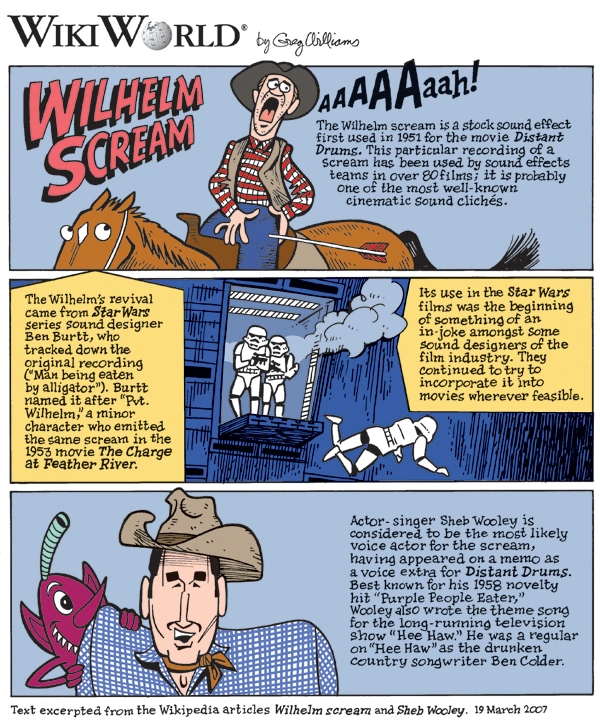A principle of curiosity
Hello teachers,
Welcome to this week's LessonStream Post which goes out every Sunday most Sundays!
Today, I would like to talk about a special ingredient that I love to include in all LessonStream lesson plans. That ingredient is curiosity – the desire to know or see.
Curiosity is a human trait that has an important role in personal growth, problem solving and human innovation. In this sense, some people are more naturally curious than others.
But the type of curiosity I am referring to is the emotional state, which is essential for learning – the type that we can spark in our students on demand.

Photographer Toni Frissell
shows a group of children her camera
somewhere in Europe, 1945
(Public domain image)
Importantly for teachers, curiosity can be optimised – an idea that was first demonstrated by Daniel Berlyne. To illustrate this, here are three situations involving questions from the teacher.
Which situation do you think would generate the greatest student curiosity, and why?
Situation one: After displaying the icons below on the screen, the teacher asks students to guess the topic of the day’s lesson. Then, the students are directed to the unit in their coursebook about weather.
![]()
Situation two: The teacher says, 'Hey students, I’m going to tell you a story. Can you guess what it’s about?’
Situation three: The teacher dictates the three sentences below and asks students to guess what it is.
- It originated in a 1951 film called Distant Drums.
- It has been used in hundreds of films and TV series including Star Wars, Toy Story, Kill Bill, The Incredibles, Game of Thrones and Breaking Bad.
- It is in the Guinness Book of Records.
Optimising for curiosity
Curiosity is strongest when we are given just enough information to spark interest, but not enough to fully resolve our uncertainty. This is the case for situation three, which hits the curiosity sweet spot.
On the other hand, the first situation is too easy, leaving little room for intrigue. By contrast, there just isn’t enough information to go on in the second situation, making it difficult for us to be invested.
When designing activities with information gaps, it’s important to consider not just what is missing but also the information students are given.
What is it?
The answer to the question in situation three is the Wilhelm Scream – the most used sound effect in Hollywood.

Cartoon created by Greg Williams and
shared with a Creative Commons license
IATEFL, Edinburgh 2025
Next weekend, I'll be flying to Edinburgh – my home city – for the IATEFL conference. If you are planning to be there, please come and say hello. Here is my talk:
The Curiosity Factor
Human beings are insatiably inquisitive creatures, and if we want to engage our students, we first have to arouse their curiosity. In this practical session, I will offer three principles – focusing on human fascination, storytelling, and multimodal materials – that will allow you to capture your students’ attention, keep their interest and create a more engaging learning experience.
Thank you for reading 🤗
Jamie






Responses